
Fighting pollution does not just mean cleaning up toxic sites. It also involves a lot of behind-the-scenes work that might not make the news, such as the painstaking task of identifying, mapping, and assessing contaminated hotspots around the world.
This was what a Pure Earth team was recently doing in Cameroon–hunting for toxic killers, and training others to do the same.
Their target this time: sites polluted with pesticides.
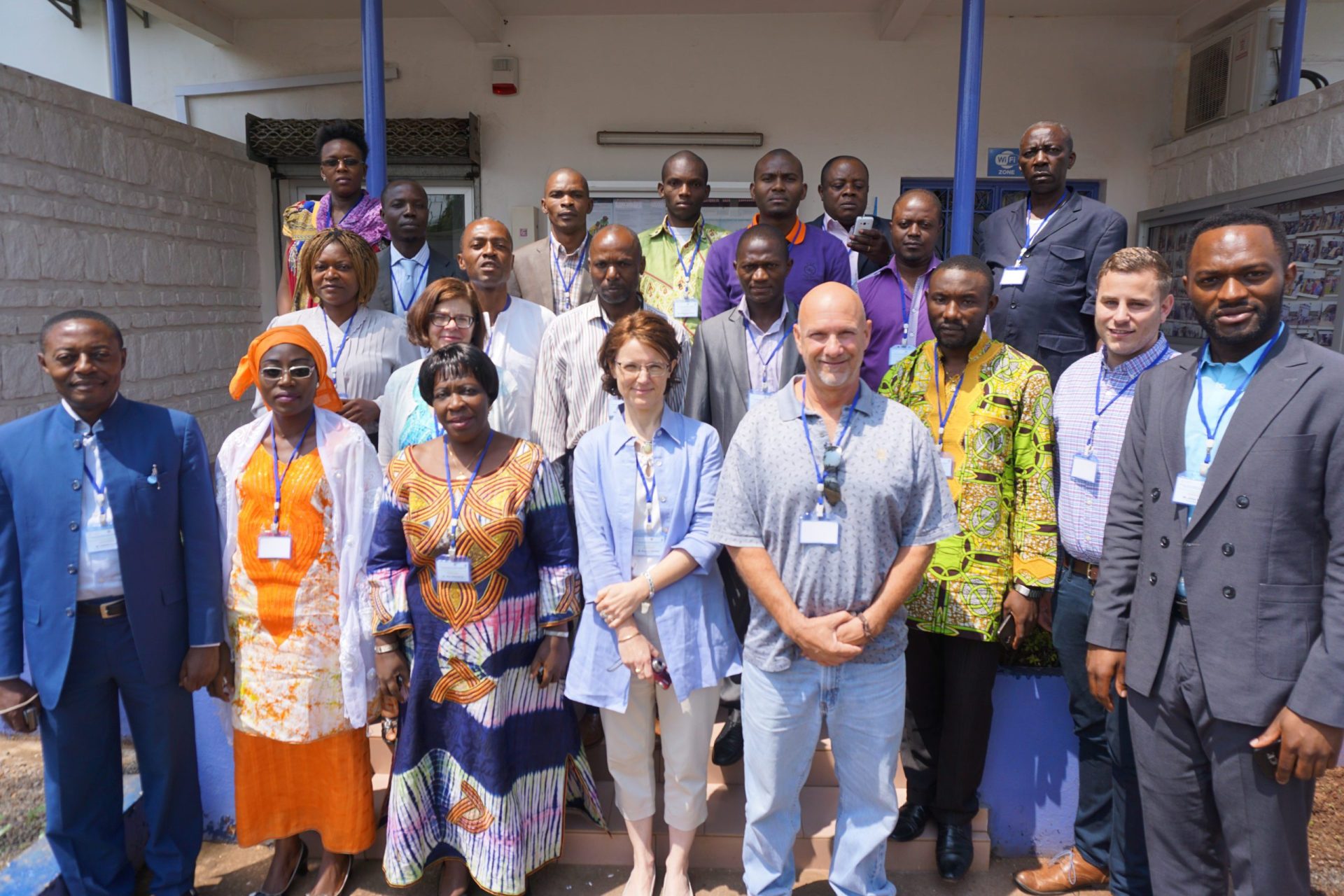
The Global Pesticide Problem
Pesticides have been identified as one of the world’s top six toxic threats. About half a million tonnes of obsolete pesticides (pesticides that can no longer be used for their original purposes) are being stockpiled around the world, usually in poor countries, and often in precarious conditions. There are 120,000 tonnes in Africa alone.
“I’ve seen pesticides in old leaky containers stored in crumbling buildings and hastily buried in the oddest places. In some cases, these pesticides have been leaking into the soil and water for years, even decades,” says Russell Dowling, Pure Earth’s Africa program officer.
In Cameroon, Russell and the rest of the Pure Earth team, including Julius Ngalim and two of our technical advisors, Nick Albergo and Barbara Jones, held a series of workshops to train local environment and health experts in FAO’s (Food and Agriculture Organization of the U.N.) rapid environmental assessment technique – a quick way to determine the source and level of contamination, how the pollutant spreads, and the impact on the population.
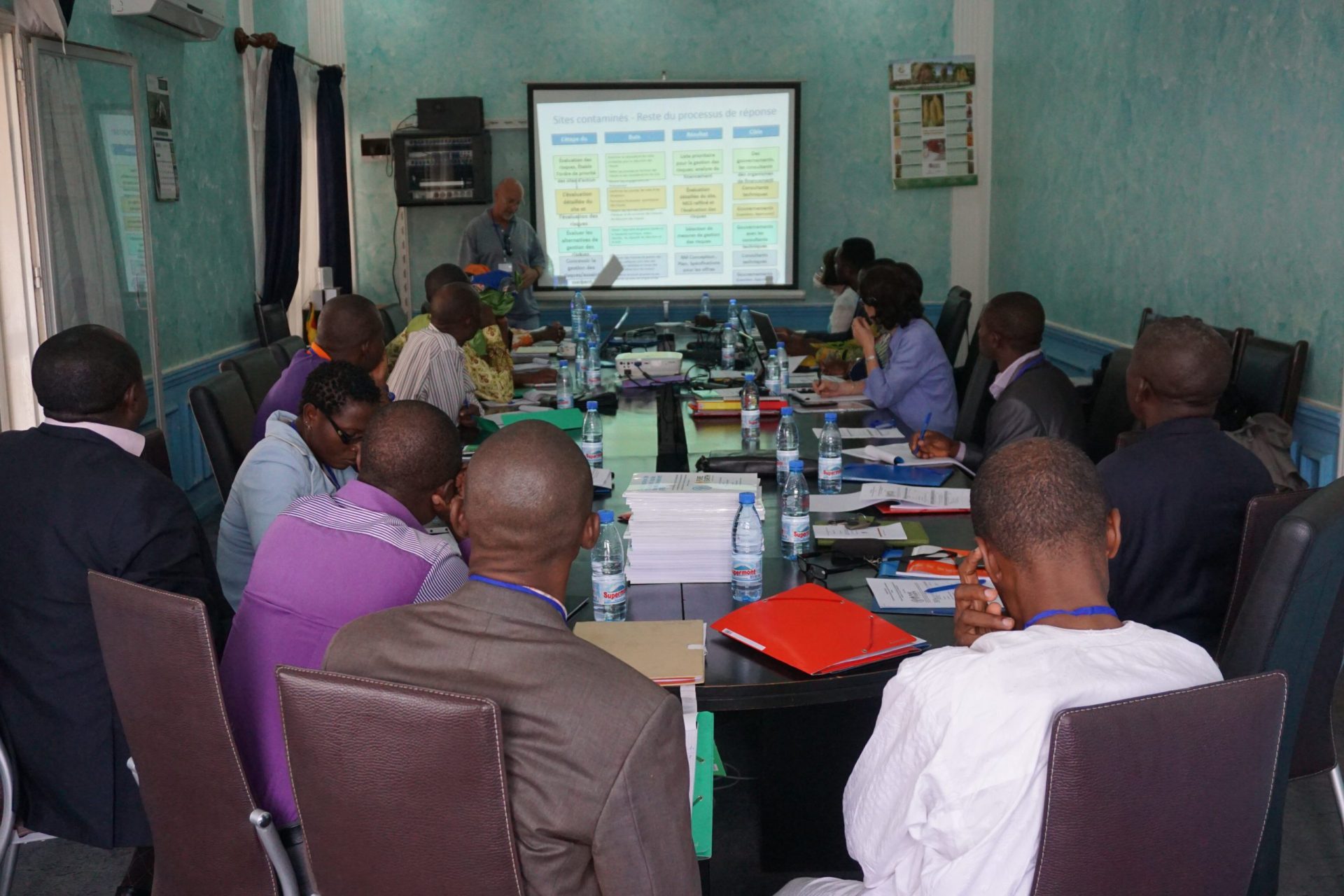
Following the workshops, the team led the newly trained class of pollution investigators out into the field to begin the hunt.
“With the data we collect, the local government will have a better idea of how many polluted sites they need to address, and which sites need immediate attention. We will return in August to complete detailed assessments of priority sites, and then launch cleanup efforts in the fall on the two sites at the top of the list,” says Russell.

Originally from Cameroon, Julius Ngalim, Pure Earth’s Financial Manager, came along to give us a hand.
“I don’t think many people in Cameroon know about the pesticide problem. I certainly didn’t know. So this was very educational for me,” says Julius.

Living With Pesticides
The first site the group visited was a storage facility that has been in use since the 1980s. Today, the building is being used to store fertilizer.
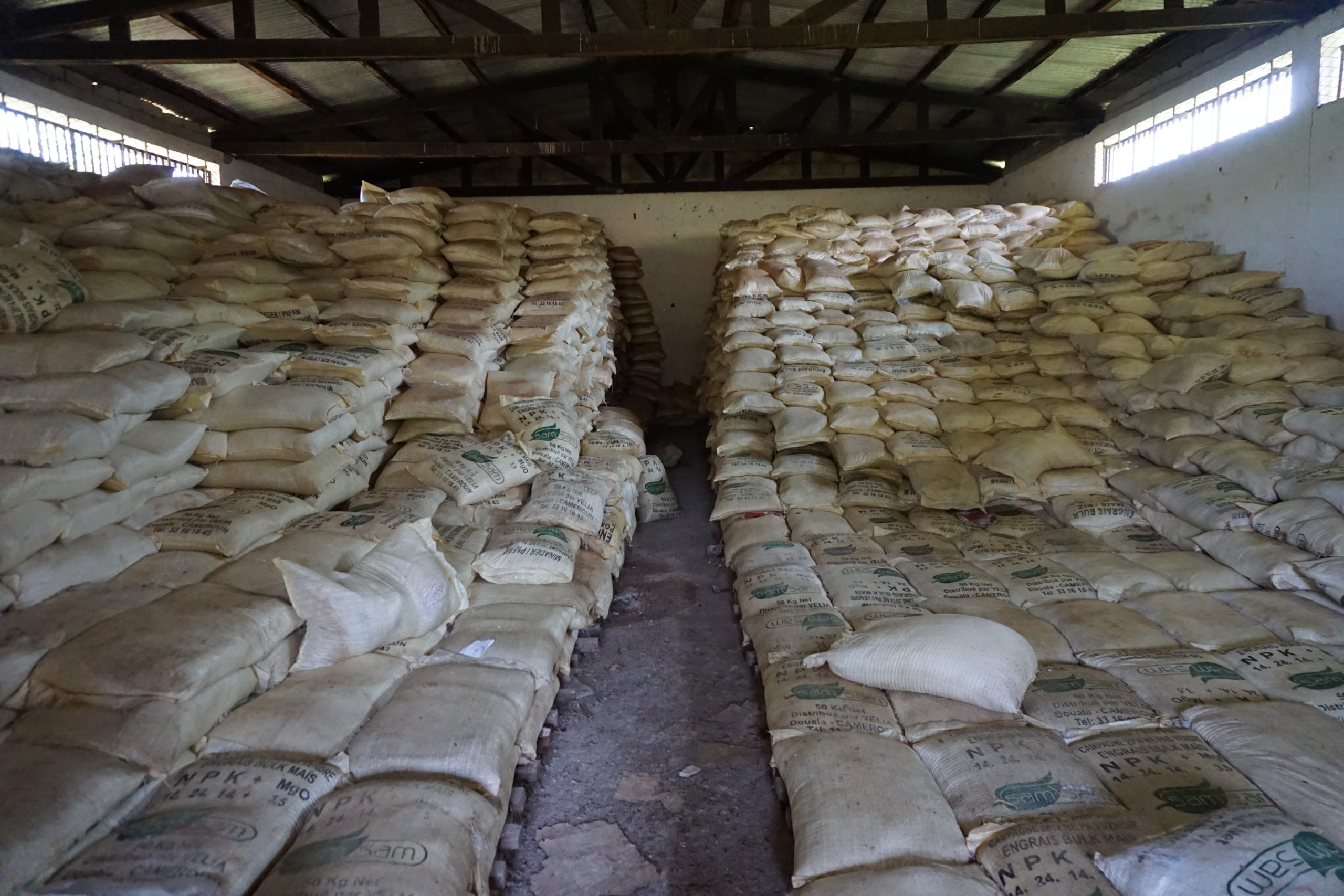
But if you look just a little closer, you can see remnants of what it used to house.

Tucked away in the back, behind the sacks of fertilizer, discarded bottles of pesticides littered a corner of the warehouse.


During our investigation, we found yet more obsolete pesticides buried under a pile of dried grass (on the right of the photo below).

The storage facility sits in the middle of a compound where a handful of families live.

The Pure Earth team took some soil samples in the community kitchen and play area for the children.
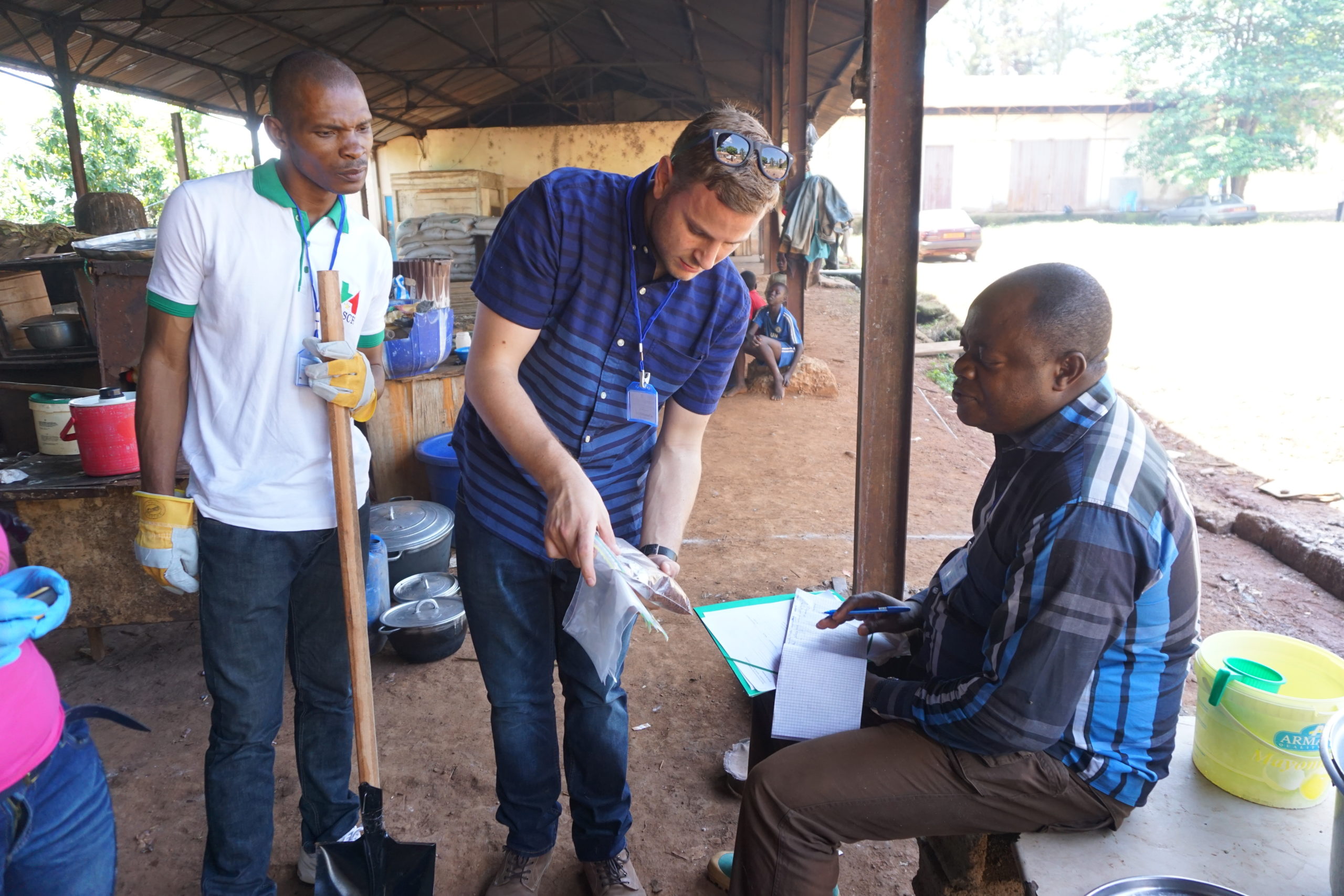
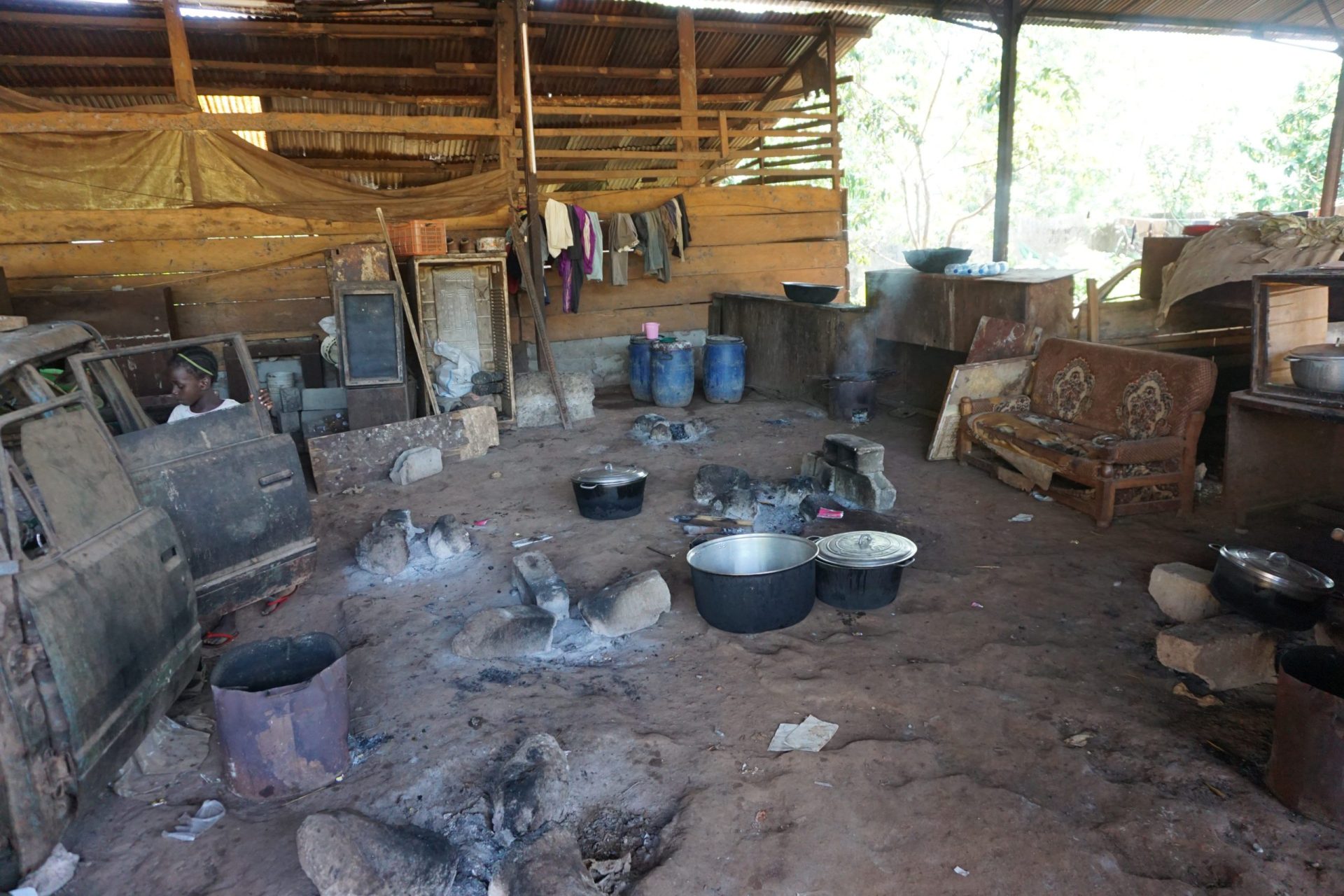

These families are unaware that they are living with poison.
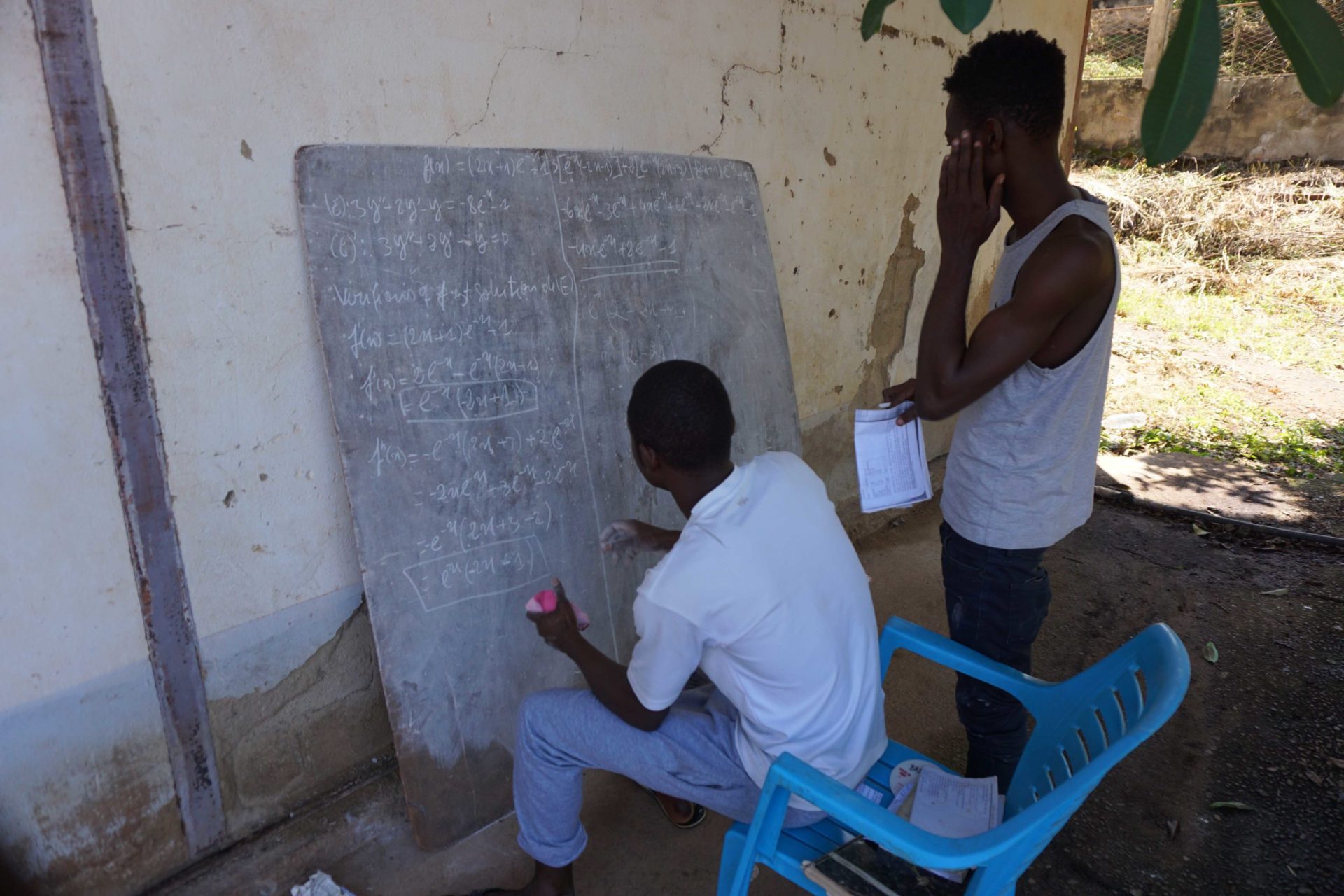
Toxic Office
This old pesticide storage facility in Bafoussam was converted into an office.
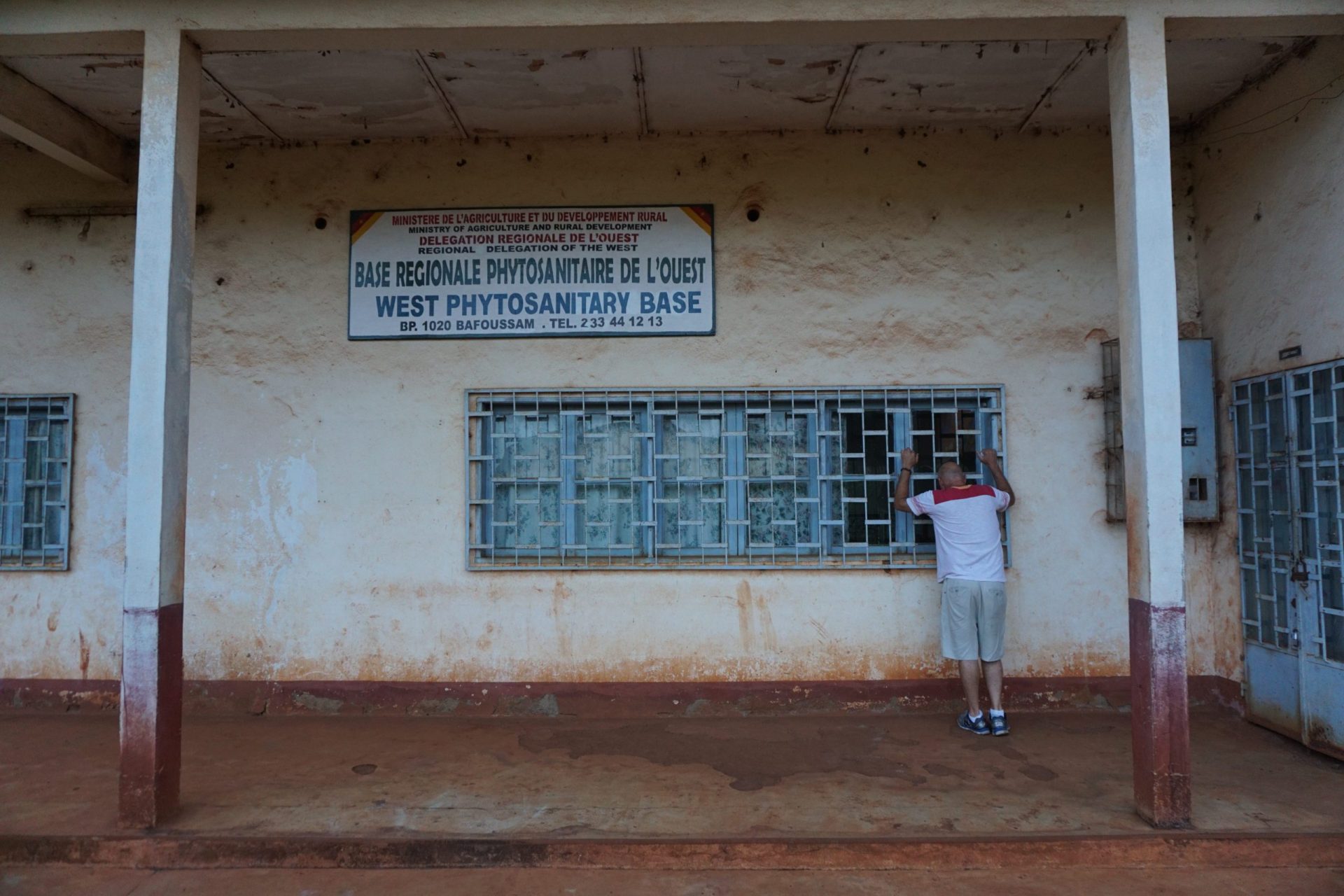
Pesticide stored in the office had leaked so much that it had seeped through the walls to the exterior of the building. You can see how the wall is stained under the window in the picture below. The building is so contaminated that most workers have stopped using the office.

We checked outside, where pesticides had seeped into the soil, and took some soil samples.


This area is used almost everyday as a shortcut by people in the town. So residents have likely been spreading the contamination throughout town, and probably trekking it into their homes as well.

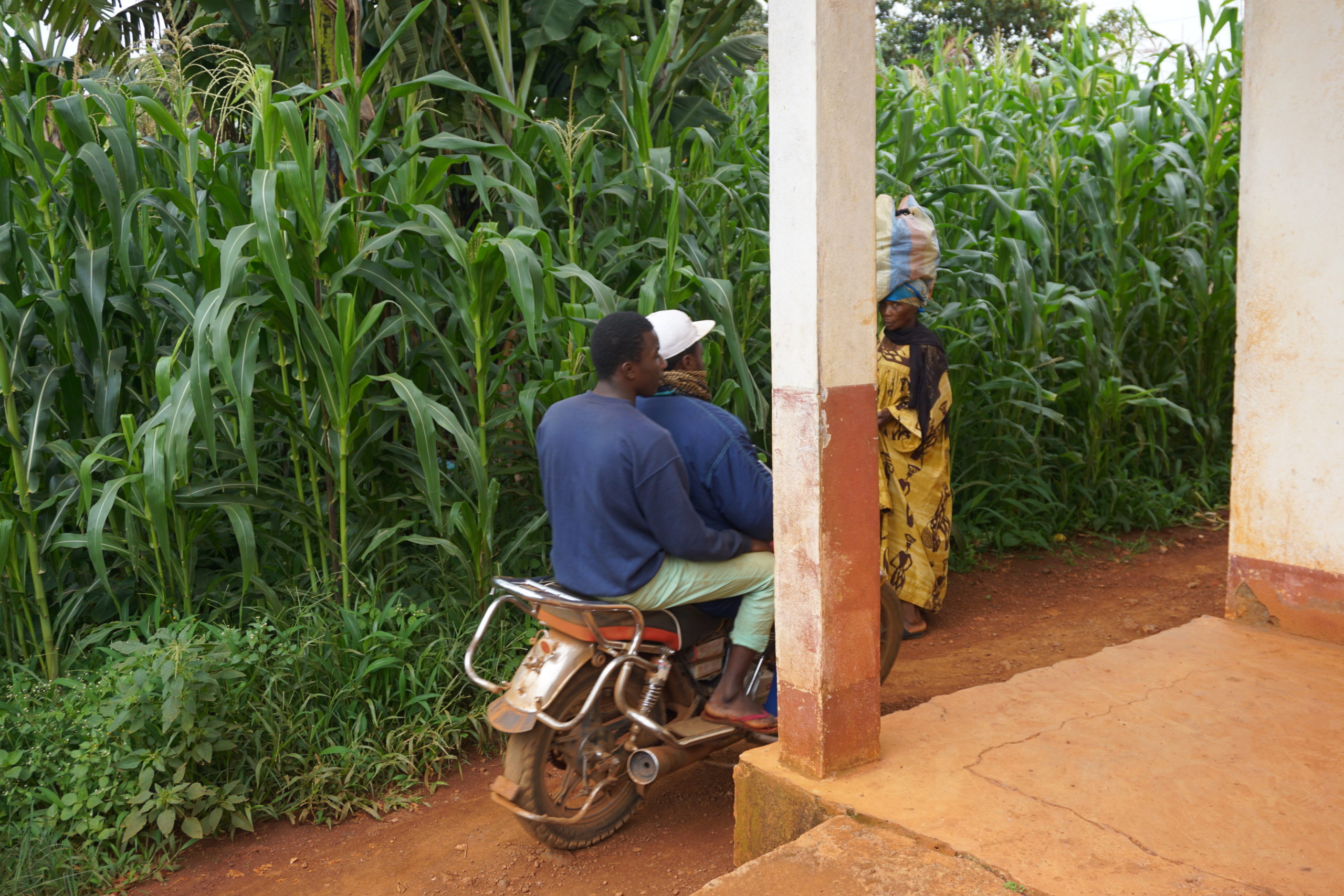
The cornfield bordering the toxic pathway and other nearby plants and animals are also all exposed to pesticide pollution. These seeds are likely contaminated.

Local authorities in Cameroon kept good records of the amounts and types of pesticides that were used and stored. This has made our pollution investigation easier.


Writing On The Wall
To supplement what we learn from the written records, the investigative team also talks to people in the community, like this former caretaker of an old pesticide storage facility.

At this facility, the names of the various pesticides stored were clearly written on the wall. DDT has a number associated adverse health effects and is classified by the U.S. CDC as a likely carcinogen. Malathion is associated with increased rates of ADHD in children.


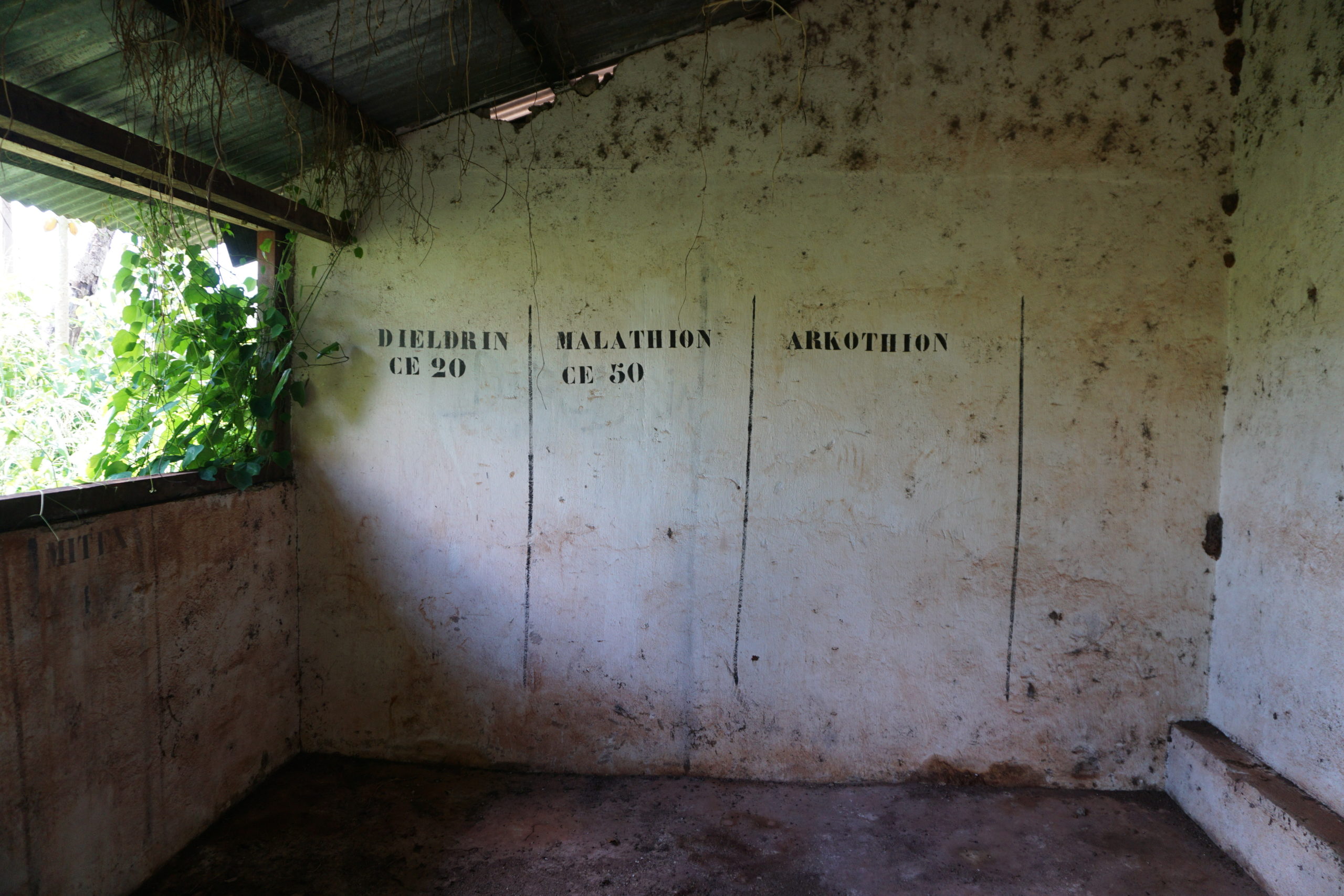
Although the pesticides are no longer there, their toxic legacy remains.
“You can still smell the toxins. It is still very powerful,” recalls Julius.
“We also noticed a lot of insects on the ground. But as we neared the area where the pesticides were stored, all we saw were dead insects. While there is no way to know if this is related in any way to the pesticides, it was visual reminder of the potential threat around us,” Russell remembers.
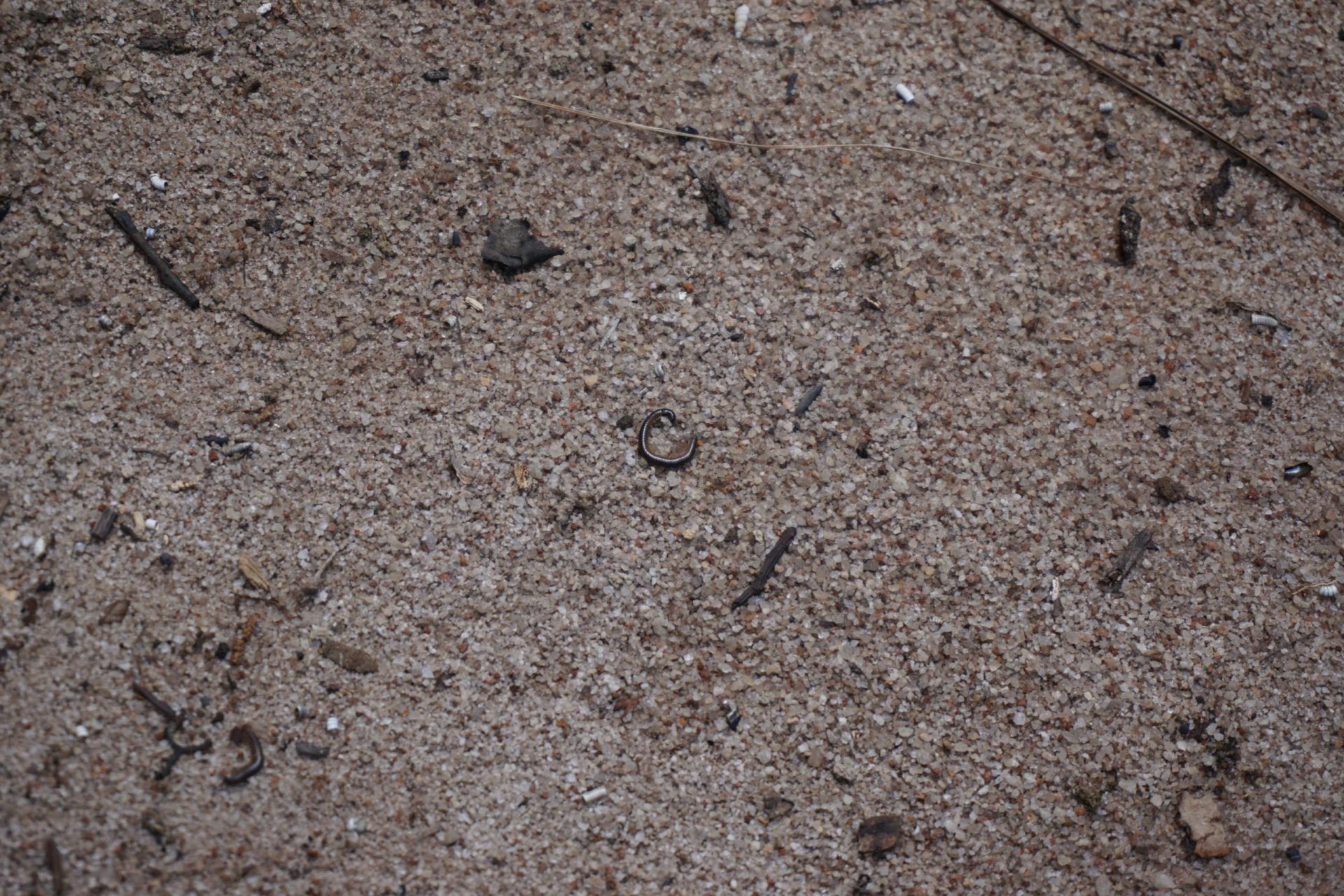
Many of the contaminated sites we investigated were located near water wells, animal pens, and farms. This means that water and food sources are at risk.



Pure Earth will be returning in the fall to remediate the two most toxic communities identified.
Pure Earth has been working with the FAO on identifying, assessing, and remediating contaminated sites to address the pesticide problem in Cameroon and other countries. Training local site investigators is an important way to build capacity.
Solutions to the pesticide problem include repackaging the toxins and storing them securely, or sending them for incineration. Pure Earth has addressed pesticide pollution problems in Somaliland, the former Soviet Union, and other countries worldwide.
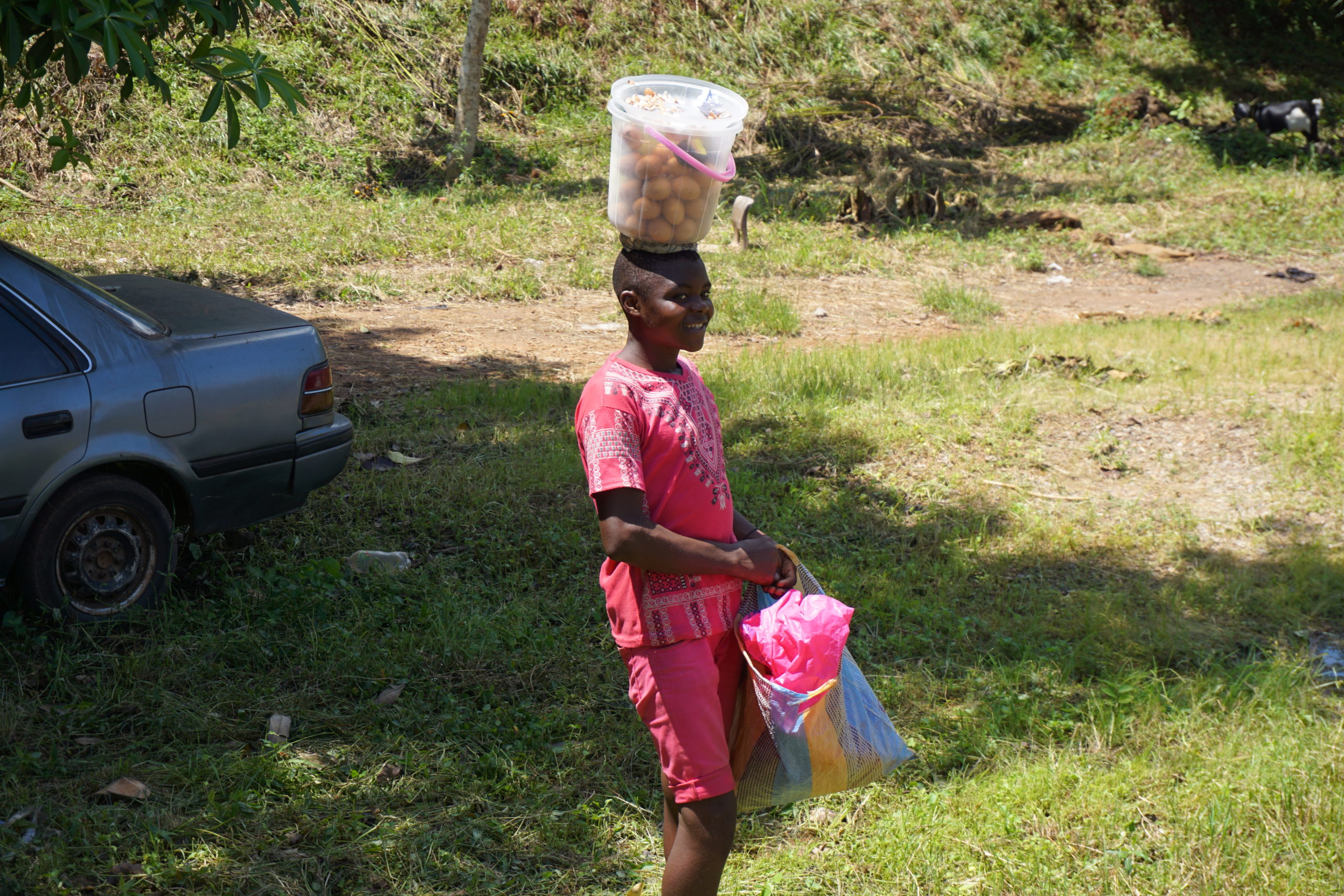

This project is funded by the FAO (Food and Agriculture Organization of the U.N.)
Related: Project summary – Assessment and Cleanup of Contaminated Sites in Cameroon





